Cheongdo Yangkkochi (청도양꼬치)
5.2Km 2021-03-29
23-4, Yeongjung-ro 6-gil, Yeongdeungpo-gu, Seoul
+82-2-703-7200
It is a place where you can enjoy various Chinese dishes as well as lamb dishes. This restaurant's signature menu is lamb skewers. This Chinese (cuisine) restaurant is located in Yeongdeungpo-gu, Seoul.
buddhasbelly Itaewon(부다스벨리 이태원)
5.2Km 2020-12-24
48 Noksapyeong-daero 40-gil Yongsan-gu Seoul
+82-2-796-9330
It is a Thai food specialty store located in Itaewon. This restaurant's signature menu is som tam. This Western dishes restaurant is located in Yongsan-gu, Seoul.
Buddha'sbelly (부다스벨리)
5.2Km 2021-03-29
48, Noksapyeong-daero 40-gil, Yongsan-gu, Seoul
+82-2-796-9330
It is one of the best spots for a blind date in Itaewon. It is a Thai food specialty store located in Yongsan-gu, Seoul. The most famous menu is som tam.
Seosulla-gil Road (서순라길)
5.2Km 2024-10-14
150-3 Jong-ro, Jongno-gu, Seoul
Seosulla-gil Road is a road that was used by the nightguards during the Joseon dynasty. The road is on the west of Jongmyo Shrine with various attractions nearby including Ikseon-dong, Insa-dong, Bukchon, and Samcheong-dong, as well as restaurants, cafes, and handicraft workshops. The road is also a beautiful date course with flowers in spring and fall foliage in autumn..
Hotel PJ (호텔PJ)
5.2Km 2021-03-16
71, Mareunnae-ro, Jung-gu, Seoul
+82-2-2280-7000
Hotel PJ is located near Euljiro 4-ga, a transportation hub connecting subway lines 2, 3, 4, and 5, allowing guests to reach Seoul's tourist destinations such as Myeong-dong, Namdaemun, Dongdaemun, Namsan, Insa-dong, Hongdae, and Daehangno with ease. The hotel has 272 guestrooms as well as a restaurant, cafe, banquet halls, and a business center.
Aank Hotel Yeongdeungpo (아늑호텔 영등포점)
5.2Km 2025-04-24
10 Yeongjung-ro 10-gil, Yeongdeungpo-gu, Seoul
Located within 5 minute's walking distance from Yeongdeungpo Station, Aank Hotel Yeongdeungpo has major attractions like Times Square and Yeongdeungpo Market in the vicnity. The hotel lobby has a coffee machine, ice dispenser, and water dispenser for guests' convenience. Equipped with a variety of room types, guests can enjoy both comfort and entertainment at Aank Hotel Yeongdeungpo.
Buddhasbelly - Itaewon Branch(부다스벨리 이태원)
5.2Km 2021-04-20
48, Noksapyeong-daero 40-gil, Yongsan-gu, Seoul
+82-2-796-9330
It is a Thai food specialty store located in Itaewon. This restaurant's signature menu is som tam. This Western dishes restaurant is located in Yongsan-gu, Seoul.
Myeongdong Jjigae Maeul Yeongdeungpo(명동찌개마을 영등포)
5.2Km 2020-12-07
6 Yeongjung-ro 10-gil Yeongdeungpo-gu Seoul
+82-2-2068-9855
It is a restaurant frequented by office workers in Myeong-dong. This Korean dishes restaurant is located in Yeongdeungpo-gu, Seoul. The representative menu is kimchi stew.
Gyerim Sikdang (계림식당)
5.2Km 2021-03-19
39, Donhwamun-ro, 4-gil, Jongro-gu, Seoul
+82-2-2266-6962
This is a Korean cuisine located in Jongno, Seoul. The best menu at this restaurant is spicy braised chicken. Try Korean spicy chicken dishes.
Olive Young - Chungmuro Station Branch [Tax Refund Shop] (올리브영 충무로역)
5.2Km 2024-04-18
222, Toegye-ro, Jung-gu, Seoul
-
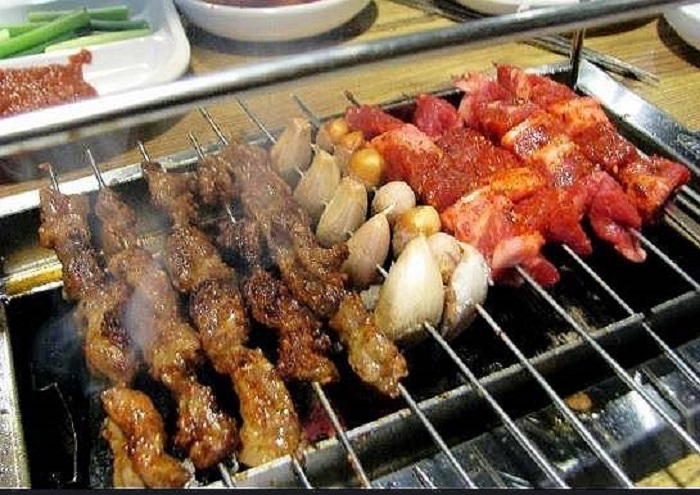
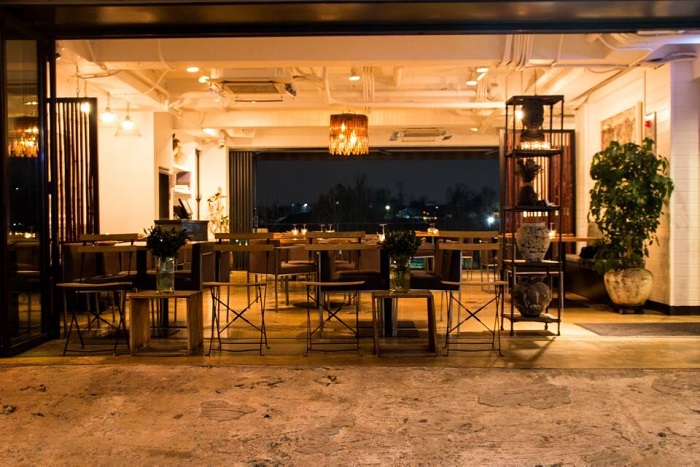
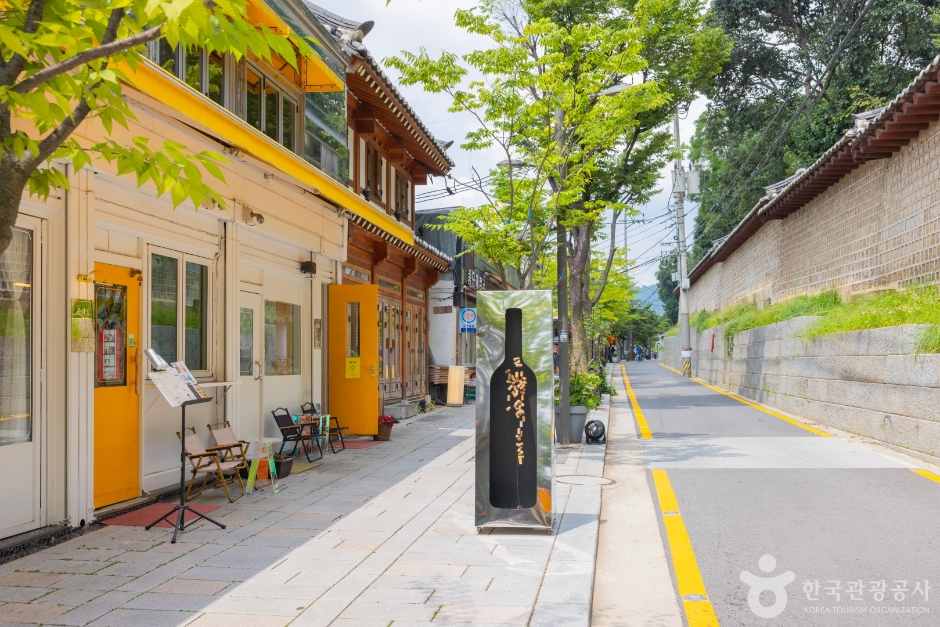
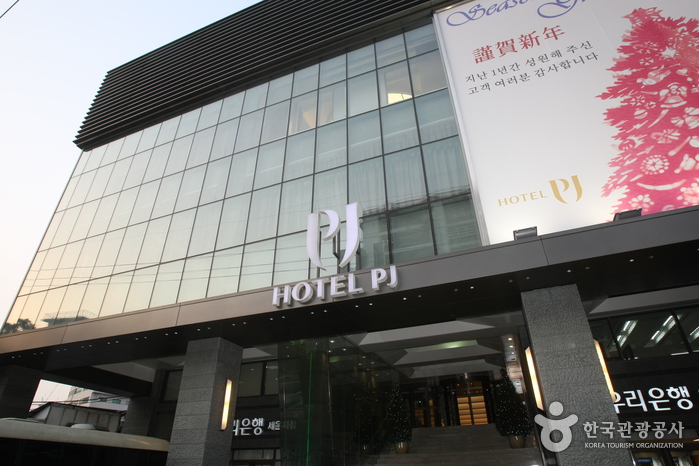
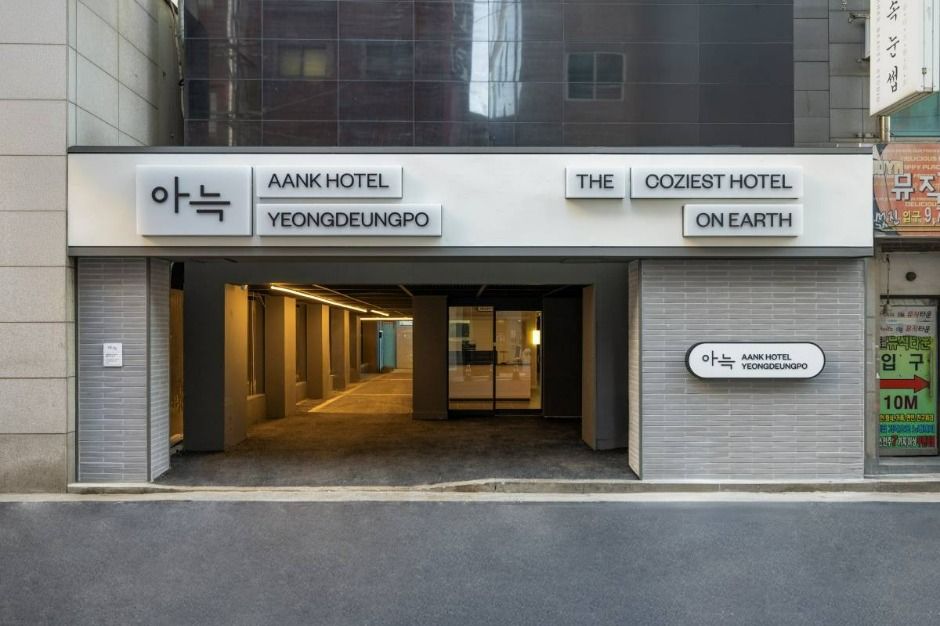
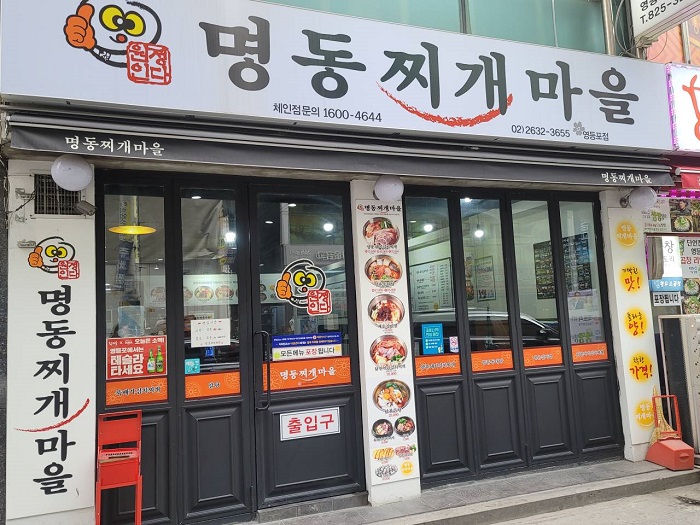

![Olive Young - Chungmuro Station Branch [Tax Refund Shop] (올리브영 충무로역)](http://tong.visitkorea.or.kr/cms/resource/68/2888868_image2_1.jpg)
 English
English
 한국어
한국어 日本語
日本語 中文(简体)
中文(简体) Deutsch
Deutsch Français
Français Español
Español Русский
Русский